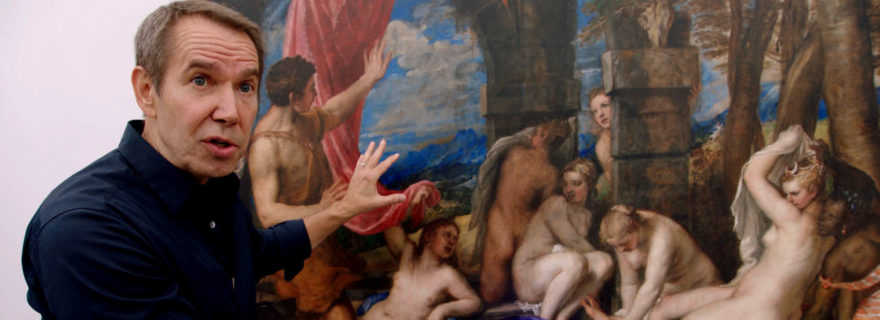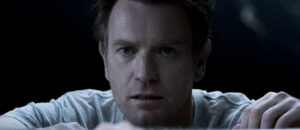The Price of Everything
Movie Rating:
3
As much fun as it is to escape to the fictional, ultra-rich worlds of Crazy Rich Asians or Trading Places, diving into certain niche pockets of the wealthy’s lives can be a bit confounding and exacerbating. One of the more indulgent sects of the One-Percent class is the cultural circle of art collectors. The Price of Everythingexamines this from multiple perspectives, but ultimately leaves judgement up to the audience.
The loosely focused central event of the documentary is the art auction. We see art rapidly coming onto the block, bids flying, and then the gavel comes down. These paintings are going for far more than houses or Ivy League educations will cost, and these astronomical figures barely register on the faces of those at the auction. What’s another few million dollars or so to these people?
The Price of Everything looks at this world through three different lenses: collectors, artists, and dealers. Each of them seems to share a passion for art, but they come at it from very different perspectives. The dealers (I’m lumping in the auctioneers and Sotheby’s employees in here) want to sell each piece of art for the highest bid. They’re salespeople, though they fail to be honest with themselves about that distinction. The collectors do it partially for their love of art, but they also see art as an investment. They use the art market like their own miniature stock market. Then we have the artists, who don’t usually profit from the art collecting world, as most of the big bucks are made in resales after the initial purchase. They’d like a little of the outrageous sums of cash flying around, but mostly they want their works to be seen and appreciated.
This tension between the various players in the art game makes The Price of Everything intriguing. The film spends most of its running time showing off the beautiful art, going through the history of modern and contemporary art collecting, and dwelling on the astronomical amount of capital tied into this world, but there are hints at criticism. Notably, the tension between collectors and museums, and the arbitrary markers of what makes a painting valuable are the more interesting topics, which are discussions worthy of their own documentaries.
Archival footage of auctions from the past, as well as seeing some of the great painters such as Warhol and Pollock, give perspective on just how new this world is. Painting is no longer reserved for nobility, but is a status symbol for the ultra-wealthy. Pop artists pumped so much new art into the market last century that the market essentially restructured itself around this influx of new stock.
The Price of Everything is not hard-hitting investigative journalism. It’s a soft, though sporadically prying, look at the high prices and high living of art dealers and collectors today.



